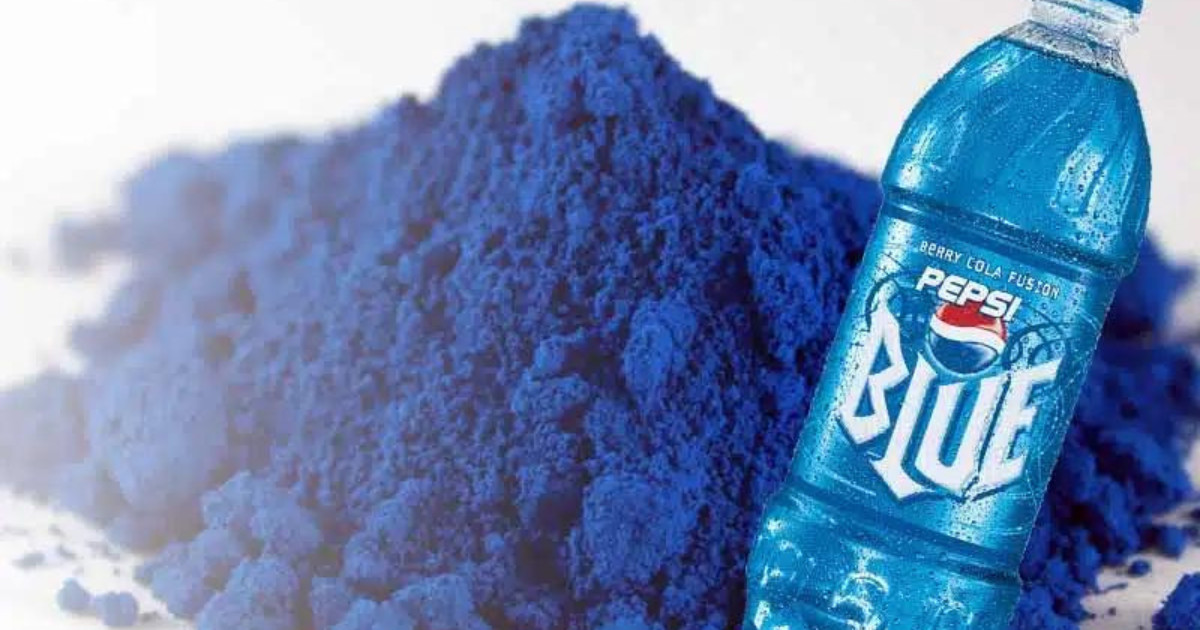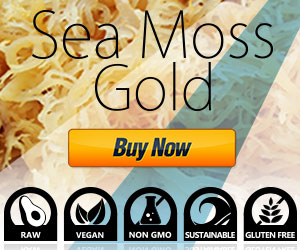Finding out what is in blue food coloring can be chilling. Originally blue food coloring was made from coal tar. A nasty substance that you wouldn’t want to eat once you found out what it does to your body.
Is coal tar still used today? Not for the same purposes, but the jury is still out on what the effects of blue food coloring are.
Take a closer look at some of the info provided here and do your own research on blue food coloring.
It seems like the world is waking up to the resurgence of Pepsi Blue and everyone wants to get their hands in it.
But there are a few things that you should stop and consider before guzzling down this drink that is curiously colored like no other food in nature.
We will have a closer look at what is in blue food coloring and how is it made? Please keep in mind that you may find this alarming.
The blue dye in question that we will take a look at if known as FD&C Blue No. 1, or ‘Brilliant Blue’ and listed as E133 on food packagings.
This is the blue that you find in all sorts of candy, sodas, Popsicles, frosting, bakery items, some liqueur items such as Blue Curaçao and more.
This same blue is also found in many other types of products, including hair dye and personal care products.
Given that it is in things all around us, it is a responsible course of action for you to consider where it comes from.
Where does blue food dye come from?
FD&C Blue No. 1, originally made from coal tar, is now manufactured from an oil base by most companies. That’s not to say that all are using more modern approaches to making this product. Some are still using cola tar, which has a range of concerns associated to it.
Some will say that the modern process offers no evidence that there are any concerns with the toxicology, however, these are not conclusive, and there are legal limitations on how much Blue No. 1 can be added to foods in Europe. 1
This is the blue colouring that is used in Pepsi Blue.
When you stop and look at what is in blue food colouring, particularly the traditional FD&C Blue No. 1, the list is more than a little troubling. FD&C Blue No. 1 of this type is known to include high concentrations of mercury, lead, and fluoride.
Studies have shown that this dye can absorb into the bloodstream very quickly through the tongue, which is where you will most likely see it after a child has been drinking Pepsi Blue, or sucking on a blue candy or Popsicle.
Cartoon Creator Mike Adams. As humorous as this cartoon is, the types of food additives and preservatives we are exposed to is staggering.
Take some time to learn about how you can make safer and healthier decisions about what you bring into your home.
Some of these chemicals can have dire consequences and lead to life-long challenges with otherwise normal and healthy bodily functions like hormone regulation, not to mention the other more catastrophic medically proven impacts.
This type of FD&C Blue No. 1 made from coal tar is believed to have links with Leukemia, Hodgkin’s Lymphoma, and Multiple Myeloma.
As reported in USA Today on the 16th of June 2013, concerns around cancer and exposure to cola tar driveways proved to be a significant concern. 2
So, if there are worries about coal tar being used on driveways, is it safe to put products made from this into your body? With the FDA issuing a Public Health Advisory to warn people about this, I’d rater not… 3
Is there any other kind of blue coloring around?
FD&C Blue No. 1 is not the only blue that you will come across. There are a few different shades of blue, and the next one after Blue No. 1 is coincidentally Blue No. 2, listed as E132.
Blue No. 2 is known as ‘Indigotine’ and is the synthetic version Indigo, originally a plant-based dye which has an extensive history of being used to dye textiles.
To say that a product which has natural origins is enough of a basis to deem it safe for consumption is irresponsible. Not all things which are naturally occurring are safe to consume.
Take for example strychnine, which has dire effects for people and is used as rat poison. Depending upon where you live, different food dyes may or may not be legal for use in foods.
What is in this coloring that could be linked to cancer?
The CSPI (Center for Science in the Public Interest) conducted a range of studies into the health impacts associated with blue food coloring. 4
The synthetic Blue No. 2 was found to have connections with cancer developing in the brains of male rats under laboratory tests.
Despite the US FDA stating that this is not harmful to humans, and permitting its use in a broad range of products, the CSPI is steadfast in their findings and beliefs that Blue No. 2 is not to be considered safe for humans to consume.
Uncovering more about what is in blue food colouring and how is it made is a valuable part of your journey to understanding what is around you.
What are some of the blue foods and drinks you have noticed in your home? What are your thoughts on consuming foods or drinks that have been dyed blue? Do you plan to take steps to get them out of your diet and cleanse your digestive system?
Reference
- “Comparison of food colour regulations in the EU and the US: a review of current provisions” – S. Lehto, M. Buchweitz, A. Klimm, R. Straburger, C. Bechtold, F. Ulberth, 20 January 2017 [Taylor & Francis Online] [Archive] ↩︎
- “Toxic driveways? Cities ban coal tar sealants” – W. Koch, 16 June 2013 [USA Today] [Archive] ↩︎
- “FD&C Blue No. 1” – Drugs.com Staff, 21 April 2023 [Drugs.com] [Archive] ↩︎
- “Food Dyes: A Rainbow of Risks” – CSPIN Net Staff, Last checked 6 March 2024 [Center for Science in the Public Interest] [Archive] ↩︎
Last Updated on 5 months by D&C Editorial Team





I had no idea that blue food coloring came from cola tar! That’s so scary!!!
It is Hadyn, there are other less harmful sources of blue food coloring these days, but they still have some undesirable chemicals in them.
Does Blue food dyes interfere with Vitamin B1?
Hello Kiaya,
From what I know blue food coloring FD&C Blue No. 1 (the same that is used in Pepsi Blue as mentioned in this article) is also used in some dietary supplements that as a multivitamin. These supplements contain Thiamine Mononitrate (Vitamin B1) in doses around 1.5mg (as found in DuetDHA), and 20mg (as found in Megavite Rx).
Being made by companies that have invested hundreds of thousands, if not tens of millions in research, it would be safe to say that the effects of the FD&C Blue No. 1 on the Thiamine Mononitrate in the product would be minimal. That is to say that I can’t see it causing the product to deteriorate any faster than normal, or they wouldn’t use it.
However, I can’t say that I am aware of any research on how the FD&C Blue No. 1 interacts with Thiamine Mononitrate once inside the human body. If you know of anything reputable (that is to say it is truly independent research) I would be happy to hear about it.
Thank you Matthew. I appreciate your response regarding the impact Blue Food Dye might have on Vitamin B1 I am seeing odd things that makes me question this possibility.
-Kiaya
My pleasure, Kiaya,
It’s healthy to ask thought provoking and probing questions.
I really appreciate your contribution here 🙂